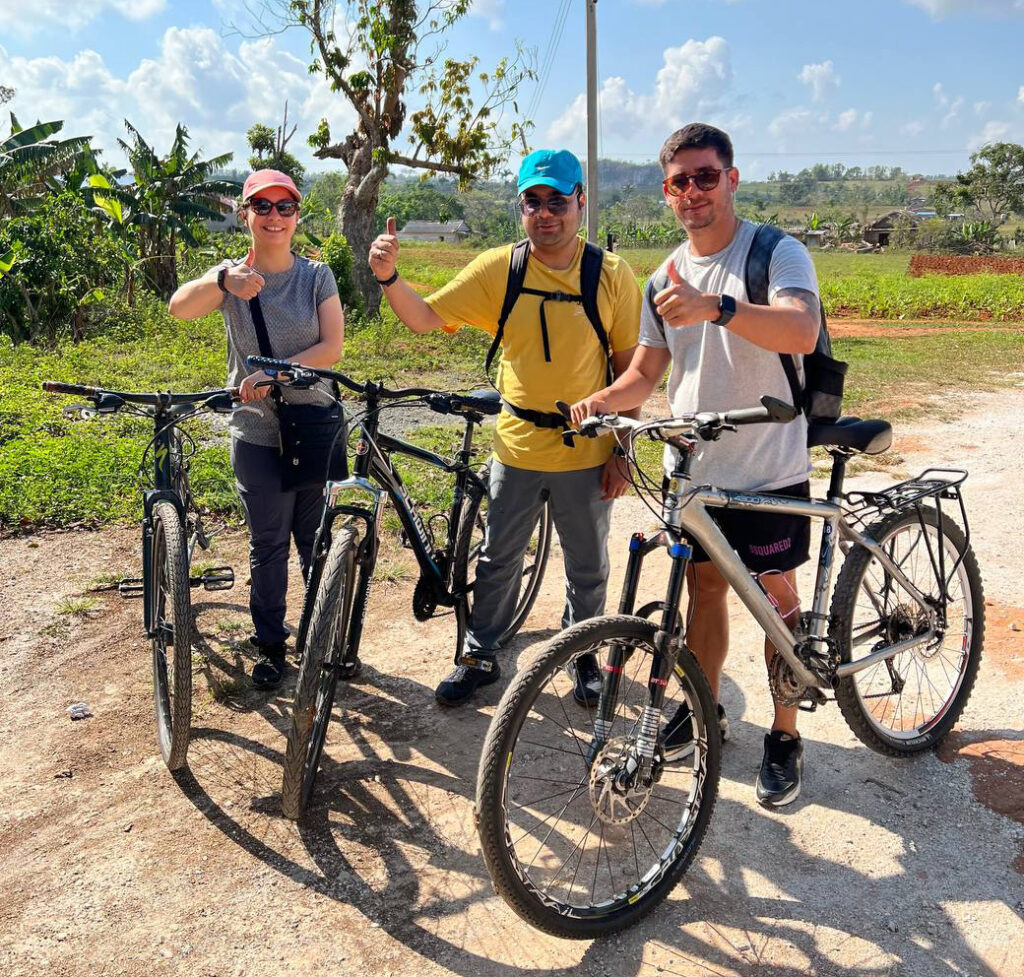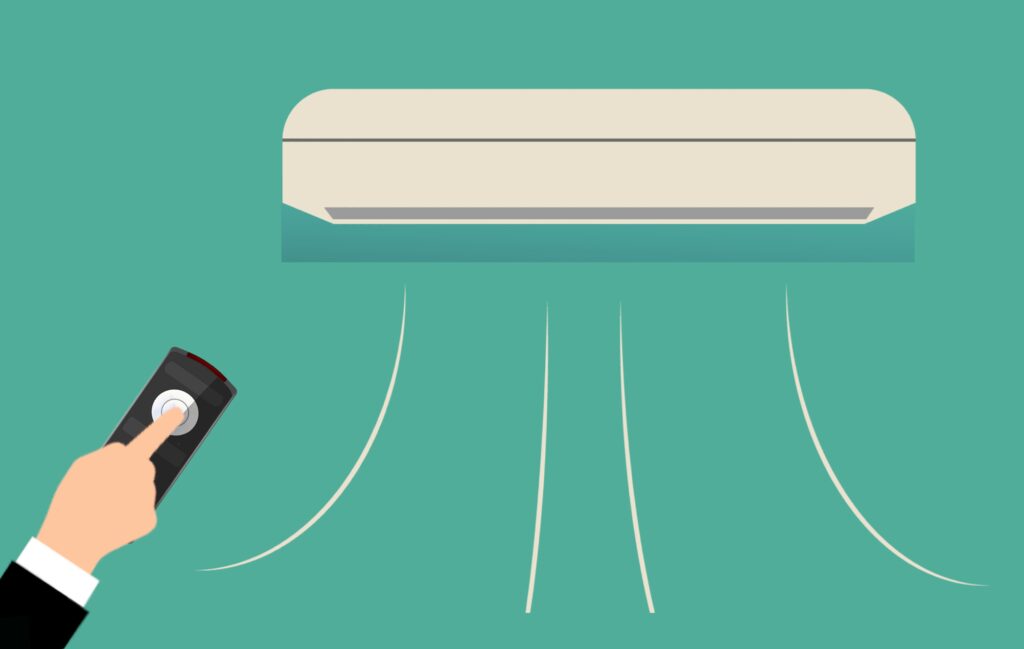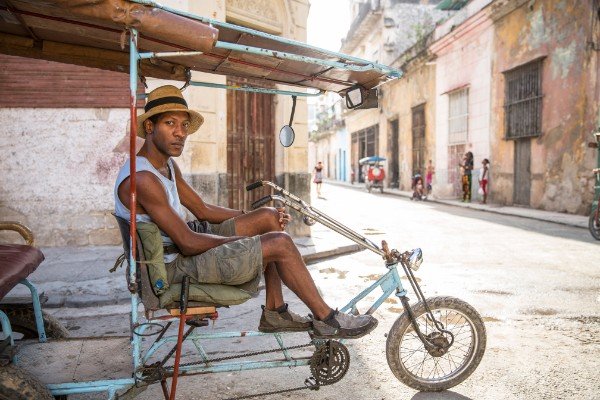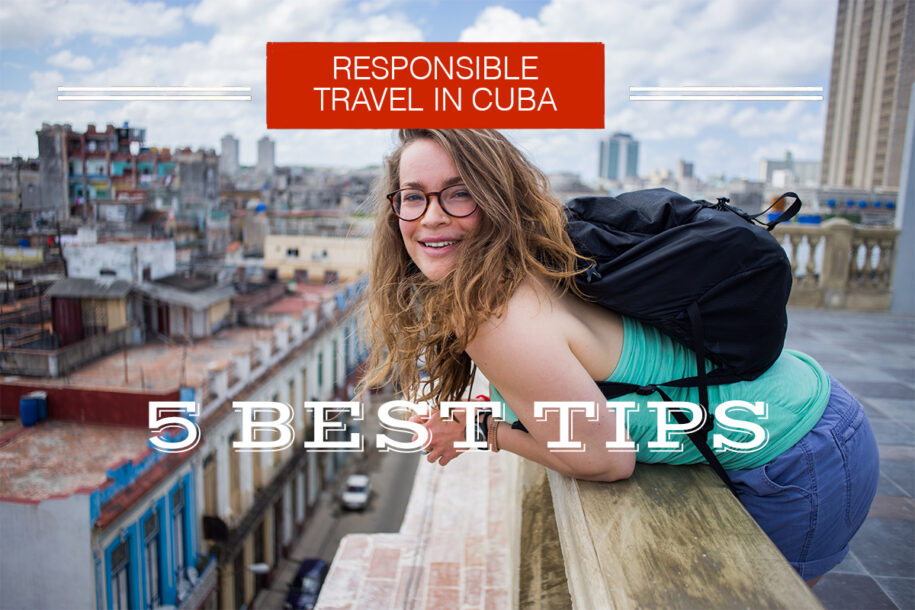
Responsible travel in Cuba? It’s not as hard as it may sound at first. It’s really just a matter of making a few conscious decisions. Like what about what you’re going to bring with you and how you are going to travel. And of course how you interact with the Cuban people once you are there. After all, sustainable tourism is the way forward for the whole planet!
Minimising Plastic Waste in Cuba: Avoiding Plastic Bags
It’s important to remember that Cuba is an island and so resources are somewhat limited, including those of waste management. So whatever plastic you bring into the country will remain there unless of course you take it back with you.
A great way to reduce your “plastic footprint” is to bring canvas carry bags or “green bags”. Put a couple in your luggage to use as walk around carry all bags. This avoids taking plastic bags if ever offered at a shop.
You can also help out by removing the excess plastic packaging from whatever things you buy to bring with you to Cuba before you pack them into your bag.
Water and Energy: Conservation Tips For Responsible Travel in Cuba

Unfortunately the water supply in Cuba isn’t safe enough to drink and so bottled water is the popular alternative. But that doesn’t necessarily mean you as a visitor need to be buying water in plastic bottles when you’re there.
Instead you can bring a drink bottle of your own, the type with inbuilt water filtration. This way you’ll be able to refill from the tap knowing that you have safe water to drink. Plus of course you’re not polluting the environment!
It might also be useful to pack chlorine dioxide or iodine water purification drops in case you find yourself in a place where there the only option is the local tap water.
As an island nation Cuba is dependent solely on natural rainfall for its water supply so the frequent periods of drought experienced by the country are an ongoing problem. As visitors to the island you can help by limiting your water usage. For example only taking 3-5 minute showers and not the leaving taps running in your place of accommodation.
Energy Conservation Tips for Responsible Travel in Cuba

We all know that air conditioning, known as El pingüino in Cuba, is a godsend in hot weather. However in Cuba the use of El pingüino can burden an ailing and already overloaded power grid. It can be tempting to leave the aircon on in your hotel room all day right? So you can return to a beautiful cool room but – PLEASE DON’T! Only use it when you are actually in the room and when you do so even then use it sparingly.
Remember to exercise the same care with the fans and lights in your room too. And not to leave chargers and accessories constantly connected to power points. Even when a charger is not connected to a device it still draws power!
Use Eco-Friendly Sunscreen to Protect the Environment
Sunblock 50+ is an essential item to pack for your trip to Cuba! You will need to use sunblock everyday and not just when you are at the beach. But not all sunblocks are created equal in terms of being friendly to the environment.
Oxybenzone, or BP-3 is an ingredient found in many commercially available sunscreens. However it is toxic to coral reefs like the ones found in Cuba.
An alternative is to bring a mineral-based sunscreen, one with titanium oxide or zinc oxide. Both have been found to be environmentally safe and not harmful to coral reefs. Yet will still protect your skin very well from sun damage. If you’re unsure as to whether your sunscreen is environmentally safe you can check online.
Sustainable Travel Planning: Assessing Your Carbon Footprint for Cuba

Carbon emissions are unfortunately an unavoidable consequence of international travel at this moment in history. But happily there are ways we can offset them.
- You might want to start by getting a complete overview. Use an online carbon calculator to estimate your personal emissions. This will give a broad picture and help you to find the best ways for you to travel responsibly.
- If the airline you are using has a carbon offsets option you can select that when you go to book your flight. If not, there are many third party carbon offset programs available online.
- Organise your trip so you fly as direct a route as is possible to Cuba with the least number of connecting flights. The amount of fossil fuel used by a commercial jet liner for take and landing on a short flight is quite substantial. Short haul flights, less than 500kms, are like the difference between driving a car around the city and freeway driving. Less fuel is consumed on the freeway drive.
- When in Cuba try wherever possible use buses, bicitaxis or walk instead of taking a car taxi.
How to Be a Responsible Traveller in Cuba
These are just some a few of the ways you can be a responsible tourist and practice ethical tourism as a visitor to Cuba. Remember as beautiful and exotic as Cuba may appear, it’s also a place 23 million people call home. So remember to act as you’d expect someone to act in your home.
Oh and if you can learn a little basic Spanish phrases before you go it will help enormously. You’d be amazed at what doors it will open! At the end of the day sustainable travel in Cuba is in your hands. To learn more about how to support local Cubans see our blog.
Buen viaje!
